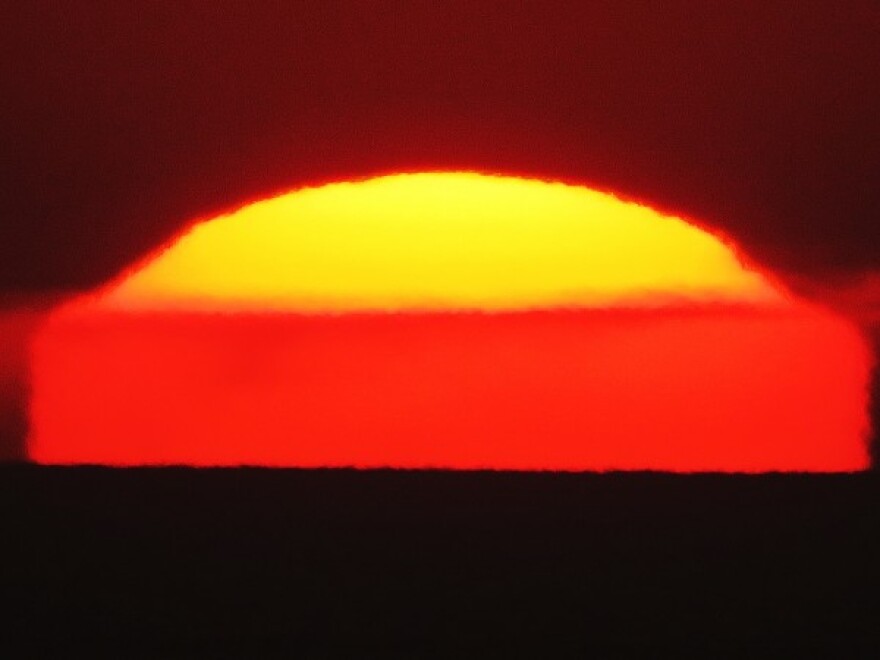The equinox occurs Sunday morning, September 22nd, at 5:44 a.m. local time. It is marked by the sun being directly overhead of the equator on its journey into the southern hemisphere, where it will remain for the next six months until the spring equinox.
On this day, there are roughly equal days and equal nights across the entire planet. Why "roughly" equal? The sunrise Sunday in Flagstaff is at 6:15 a.m., and the sunset is at 6:22 p.m., giving us seven more minutes of daylight than night.
There are two contributing factors as to why this happens. First, the sun is a disk. Most almanacs define sunrise as when the top of the sun’s disk first touches the eastern horizon and sunset as when the sun’s trailing dips below the western horizon. This provides an extra 2 ½ to 3 minutes of daylight at mid-latitudes.
The second factor is atmospheric refraction. The Earth’s atmosphere acts like a lens or prism, uplifting the sun about a half degree from its true position whenever the sun nears the horizon. Therefore, atmospheric refraction advances the sunrise and delays the sunset, adding another few minutes of daylight at mid-latitudes.
Welcome, autumn.



